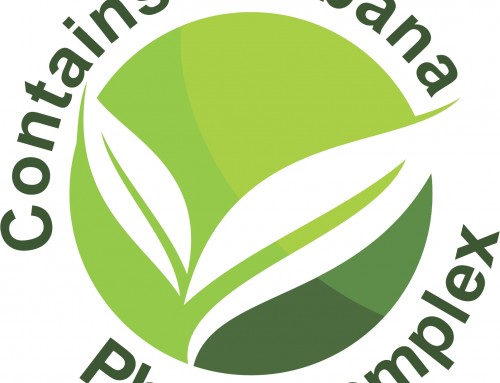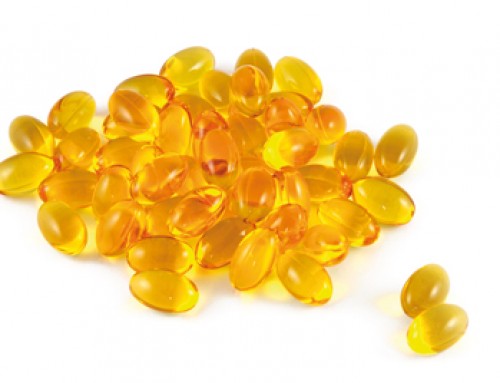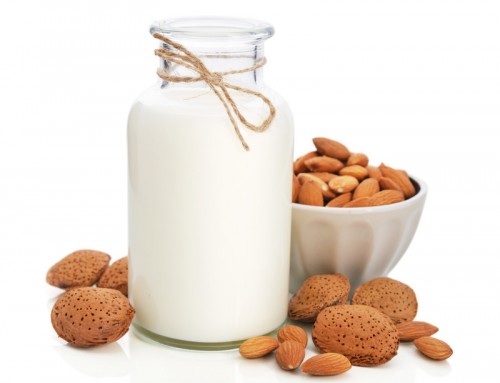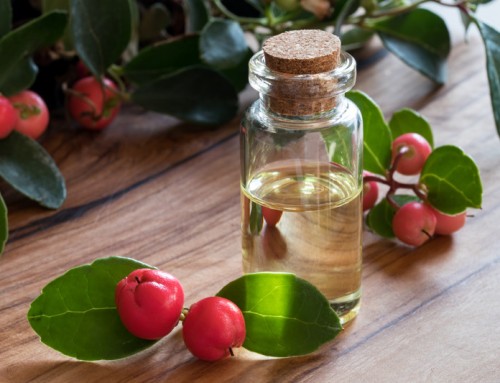WHAT ARE QUATS IN COSMETICS AND HOW DO THEY WORK?
Quaternary ammonium compounds more commonly known as “quats” are positively charged polyatomic ions of the structure NR4+ and common ingredients in cosmetic industry. Quaternary ammonium cations bind to the anionic hair shaft to improve shine and combability while decreasing static and tangles. The chemical structure of the quaternary ammonium group is a central nitrogen atom attached to four alkyl or aryl groups and a halogen (e.g. chlorine) – NR4+. Quaternary ammonium ions are similar to ammonium salts yet they are capable of retaining cationic character in extremely basic environments. As ammonium salts are added to mixtures with a pH above 10, the nitrogen is deprotonated and the salt loses its functional charge. Unlike the ammonium ion (NH4+) and the primary, secondary, or tertiary ammonium cations, the quaternary ammonium cations are permanently charged, independent of the pH of their solution.
Quats as compounds in cosmetic products significantly improve conditioning of hair in both the wet and dry state. This is due to the fact that its cationic charge makes the product substantive to anionic surfaces such as hair and skin. Quats are often used in hair conditioners, shampoos, and creams, where they impart a slippery feel to the hair and skin. Quats enable easily undisturbed glide throughout the hair and so ease wet and dry combing. Another effect is less fly-away hair with more arranged, lightweight feel, soft, shiny, and healthy-looking hair. Some also have anti-microbial properties and might be also used as preservatives.
MOST COMMON QUATS AND CONDITIONING AGENTS USED IN CONVENTIONAL COSMETICS
One of the most commonly use conditioning actives in conventional cosmetic products are polyquats – polycationic polymers (see right column). Others are cetrimonium chloride and behentrimonium chloride. Both are superior conditioning agents. Their use improves wet and dry compatibility, gives volume and body to hair, and provides good antistatic action, and detangeling properties of the hair thus allow good wet or dry combing. Laboratory tests have indicated that some of these compunds does not readily biodegrade. All mentioned active substances are not allowed in natural and organic cosmetics.
Conventional polyquaterniums and other coditioning actives find particular application in conditioners, shampoo, hair mousse, hair spray, hair masks, hair dye, personal lubricant, and contact lens solutions. Because they are positively charged, they neutralize the negative charges of most shampoos and hair proteins and help hair lie flat. Their positive charges also ionically bond them to hair and skin. Some have known antimicrobial properties and are also use as antistatic agents.
POLYQUATS USED IN CONVENTIONAL COSMETICS
Polyquaternium is the International Nomenclature for Cosmetic Ingredients (INCI) designation for several polycationic polymers that are used in cosmetics, especially hair care industry. Polyquats are a variety of engineered polymer forms which provide multiple quat molecules within a larger molecule. Polyquaternium is a neologism used to emphasize the presence of quaternary ammonium centers in the polymer. INCI has approved at least 80 different polymers under the polyquaternium designation. Different polymers are distinguished by the numerical value that follows the word “polyquaternium”. Most common are; polyquaternium-6 (Poly(diallyldimethylammonium chloride)), polyquaternium-7 (Copolymer of acrylamide and diallyldimethylammonium chloride), polyquaternium-10 (Quaternized hydroxyethyl cellulose), polyquaternium-16 (Copolymer of vinylpyrrolidone and quaternized vinylimidazole), Polyquaternium-37 (Poly(2-methacryloxyethyltrimethylammonium chloride)) and polyquaternium-44 (3-Methyl-1-vinylimidazolium methyl sulfate-N-vinylpyrrolidone copolymer). Each is a chemically different type of polymer. The numbers are assigned in the order in which they are registered rather than because of their chemical structure.
MOST COMMON CONDITIONING AGENTS USED IN NATURAL AND ORGANIC COSMETICS
Guar types are very popular conditioning polymers derived from guar flour, especially designed for rinse-off applications as shampoos, hair treatments, and body cleansing products. It is a cationic polymer that provides the dual benefits of conditioning and viscosity. Recommended dosage: 0.1 – 0.5%.
INCI: Guar Hydroxypropyltrimonium Chloride
Trade names: Dehyquart® Guar HP (Basf), N-Hance™ (Ashland), Jaguar® C-14 (Solvay Novecare)
Inulin types are highly active conditioning polymer based on a naturally occurring polyfructose (inulin). It has excellent coacervation and deposition properties. With the neutralization of negative charge on hair and skin, it provides intensive condition effect, hair combing force reduction and moisturization in both hair and skin care products. Recommended dosage: 0.25 – 1.25%.
INCI: Hydroxypropyltrimonium Inulin
Trade names: Quatin (Consun)
Quaternized plant proteins are made from various plants and are natural and botanically derived. These are the claims everyone is interested in seeing on labels nowadays. In the past animal proteins were used extensively in shampoos, conditioners and styling products to make hair look healthy and shiny. However, with concerns regarding safety and animal rights, the use of animal proteins has fallen out of favor. To increase substantivity to the anionic hair shaft, plant proteins can also be quaternized. Quaternized proteins contain a quaternary ammonium ion that is covalently attached to the polypeptide chain. To further enhance the shine properties, the quaternized proteins can be cross-linked to create an aggregate with increased molecular weight. This allows the formation
of a film with a higher refractive index than that of a typical quaternized protein. Additionally, the film formed by the protein may also seal in moisture to prevent
desiccation that is often caused by styling tools such as hair dryers and curling/ straightening irons.
One of the examples is quaternized lemon protein. It consists of lemon protein that is hydrolyzed to decrease pH and solubility reactivity issues. Chemical and enzymatic reactions are then used to bind the ammonium cations to the lemon hydrolysate thus creating a structure with cationic character; this increases the affinity that the positively charged protein has for the negatively charged hair shaft and skin cell. The hydrolysate is then cross-linked to increase the refractive index, which further increases the shine benefits it has on the hair shaft. Recommended dosage: 0.5 – 5.0%.
INCI: Hydroxypropyltrimonium Lemon Protein
Trade names: AC Quaternized Lemon Shine PF (Active Concepts)
In addition to lemon, there are a bunch of other quaternized plant proteins, made from wheat, rice, soy, amaranth, and quinoa. Typically, they have a similar effect and are mostly used in middle or high end cosmetics.
Distearoylethyl Dimonium Chloride is an ester quat based on high purity stearic acid. It is the best natural derived alternative for synthetic cetrimonium chloride and behentrimonium chloride. Main benefits are that it is excellent conditioning agent with good cost performance relation and provides good wet feel of hair. It also acts as emulsifier with typical cationic skin feel, improves detangling and wet combing of hair, is readily biodegradable, is solvent-free, has high flash point, and is vegetable based.
INCI: Distearoylethyl Dimonium Chloride
Trade names: Varisoft® EQ 65 (Evonik)
Lecithin is a generic term to designate any group of yellow-brownish fatty substances occurring in animal and plant tissues which are amphiphilic. This means they attract both water and fatty substances and so are both hydrophilic and lipophilic. Lecithin is one of the key building blocks of the membranes inside and outside of every cell. The oily substance is particularly abundant in eggs (animal lecithin) and plant oils, especially in soybean, sunflower, and canola. Lecithins are mixtures of glycerophospholipids including phosphatidylcholine, phosphatidylethanolamine, phosphatidylinositol, phosphatidylserine, and phosphatidic acid.
Lecithin in hair care products helps to achieve healthy looking, shiny hair, which is silky to the touch. It is beneficial to the dry hair because it improves the structural qualities of hair. It keeps hair properly moisturized, helps to restore the natural protective coating of hair, and has very good combined effect together with other conditioning hair care ingredients.
INCI: Lecithin
Trade names: Plantaquat® NC (Basf)
Herbana company uses only the finest natural derived quat salts in its products with all the necessary certificates, analyzes and known origin. All certified by modern internationally recognized ECOGEA standard.





